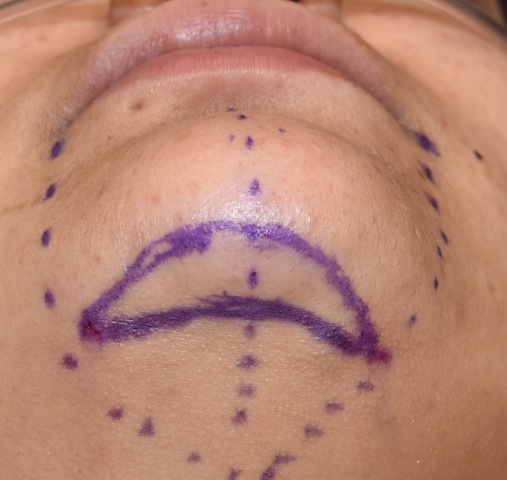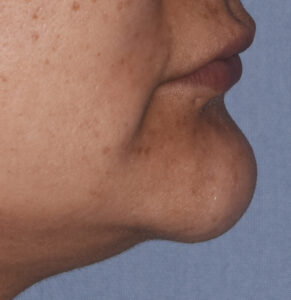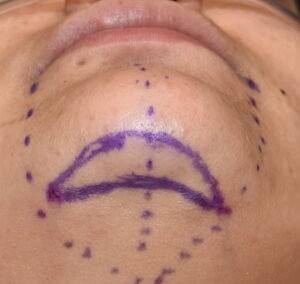Background: Unlike chin augmentation chin reduction surgery is different in many ways. First reducing the chin is done far less frequently than making it bigger. Second, it is almost exclusively a gender specific procedure (female) whether that is in the cis-female or the transgender male to female patient. Lastly, the component that is mainly excessive in the large chin is the bone with the soft tissue being a more minor element of it in most cases.
But in some females with larger chins it is not the bone that is the cause but the soft tissue. This specifically refers to the soft tissue chin pad, the enveloping skin-fat-muscle complex that wraps around the end of the chin bone. Because there is no metabolic reason for excessive fat to develop in the chin, most excessive soft tissue chin pads occur because of either a genetic or induced chin bone deficiency.
In chins that lack natural adequate vertical height, the soft tissue chin pad can become compressed and pushes forward more than normally. This is a genetic type of chin pad excess. In patients that have had bony chin reductions and the enveloping soft tissue fails to shrink around the reduced bone (which is common), this is an iatrogenic chin pad excess.
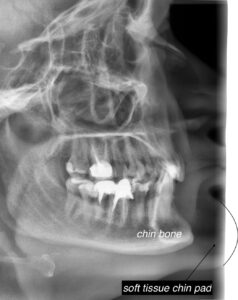
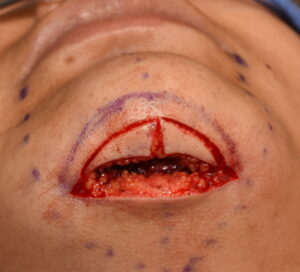
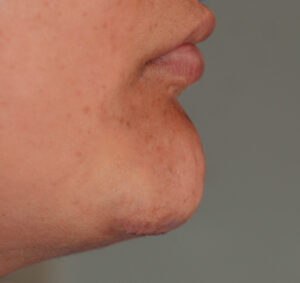
Excessive soft tissue chin pad requires direct excision. It creates its biggest effect by deprojecting the chin to a modest degree and creating a smoother submental transition from the neck into the chin pad. Over resection must be guarded against to avoid the scar line rotating too far upward and also pulling down on the lower lip.
Highlights:
- In uncommon cases of an excessively projecting chin, the soft tissue pad may be solely responsible for the protrusion.
- Soft tissue chin pad reduction can be done without bone reduction through a submental excisional approach.
- Limiting the length of the submental scar is the single most important element of soft tissue chin pad reduction.
Dr. Barry Eppley
Indianapolis, Indiana

